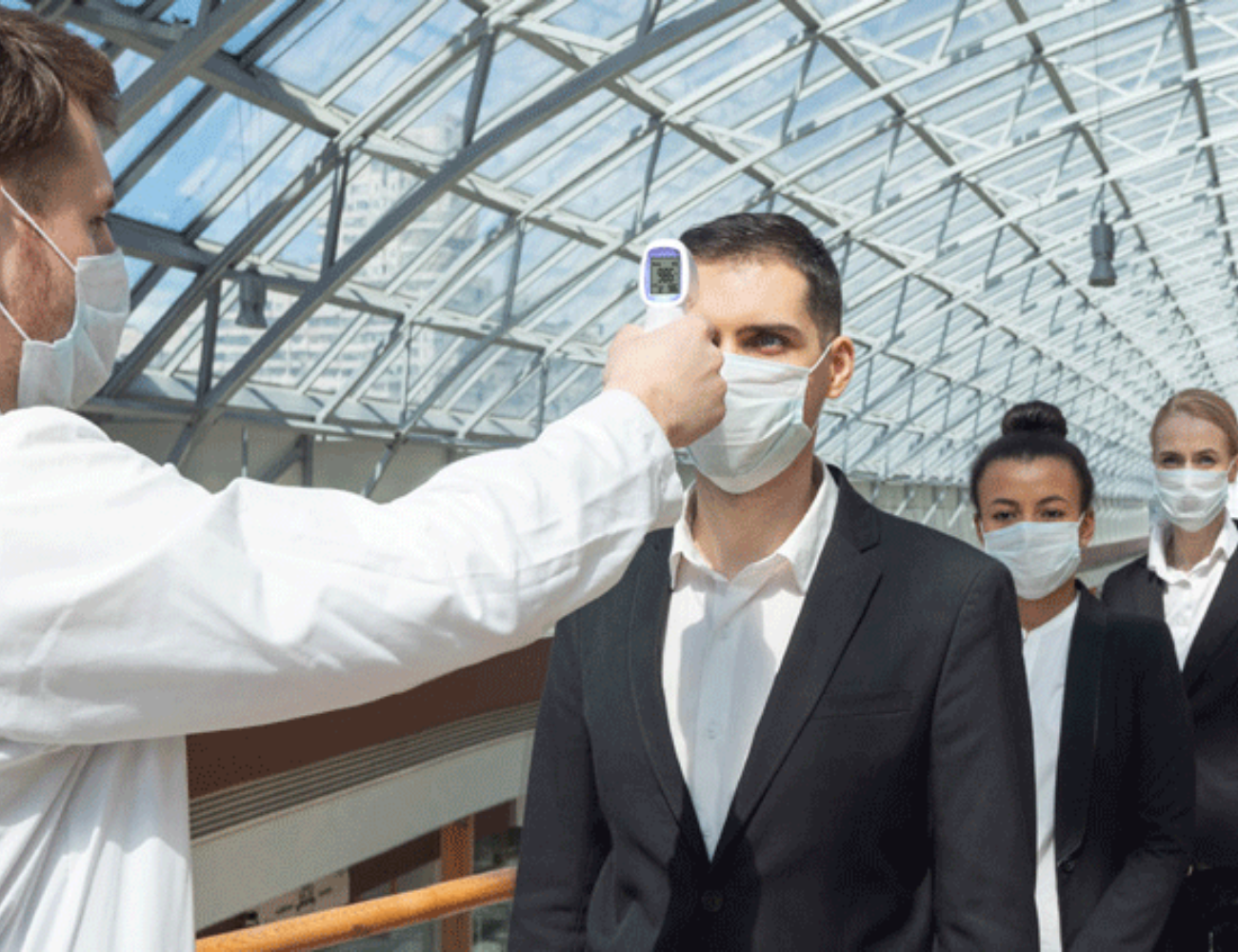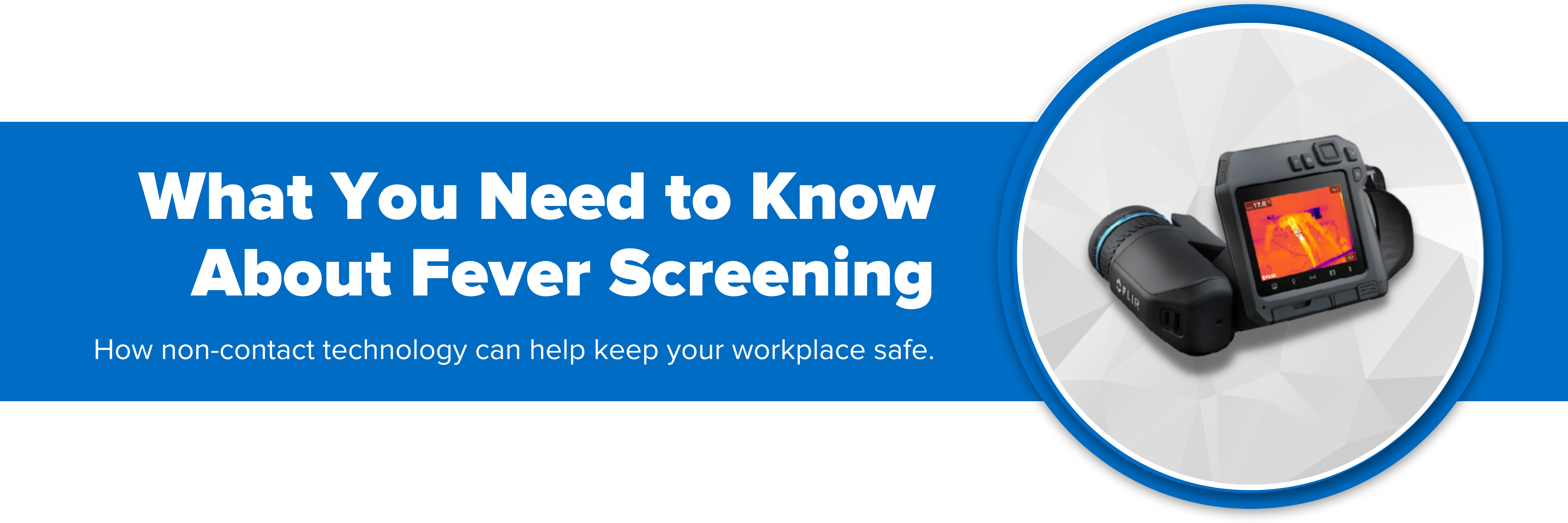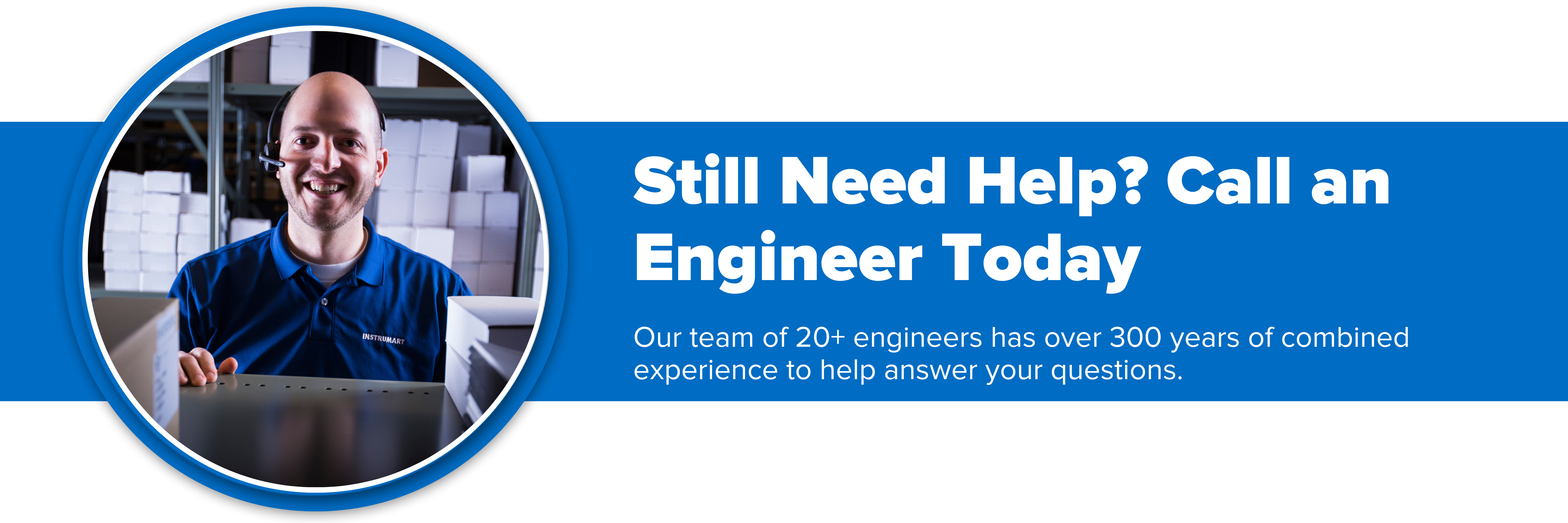Temperature & Fever Screening in Industrial Applications: What You Need to Know

As people return to work amidst the COVID-19 pandemic, employers are cognizant, now more than ever, of the additional precautions needed to ensure the safety and security of their employees. Many are turning to masks and social distancing per state laws, shutting down shared office areas, purchasing additional cleaning supplies and backup cleaning services, and allowing more flexibility in their work-from-home plans. How do you know if a fellow employee is a potential threat to your health? Installation of a proper fever screening system sends a strong message to the workforce that their health is your priority.
When production needs to keep moving in tougher industrial and manufacturing environments, working from home is often not an option. That's where temperature and fever screening devices come into play.

What You Need to Know About Fever Screening
What is Elevated Body Temperature (Fever) Screening?
Temperature screening devices use a non-contact method to determine the temperature of a subject. Accuracy is critical to determine if there is a potential threat. There are many options when it comes to temperature screening and body temperature measurement.
Temperature Screening Device Options:
- Forehead spot thermometers
- Crowd scanning
- Thermal imaging camera solutions
- Thermal imaging with reference radiation source for accurate measurement (best solution)
- Medical thermometers
What are the FDA 510(k) Thermographic Guidelines?
The guidelines issued by the Food and Drug Administration were recently updated for the purpose of fever screening using infrared technology.
- The technology should be used to measure only one subject’s temperature at a time.
- The system should include an accurate blackbody temperature reference source.
- "Initial body temperature measurement for triage use.” Secondary evaluation (medical grade thermometer) should be used to confirm an accurate measurement.
- Laboratory temperature accuracy of a screening telethermographic system, including the measurement uncertainty, is less than or equal to ±0.5°C (±0.9°F) over the temperature range of at least 34-39°C (93.2-102.2°F). This is typically confirmed in a calibration certificate.
Can Temperature Screening Detect COVID-19?
Not exactly, but what it can do is alert the user of elevated temperatures that may pose a risk to the work environment.
For more information or to browse the available temperature screening products we carry, visit our website or call our team of helpful engineers today.
Other Business-Related COVID-19 Resources:
- FDA: Enforcement Policy for Telethermographic Systems During the Coronavirus Disease 2019 (COVID-19) Public Health Emergency
- OSHA: Guidance on Preparing Workplaces for COVID-19
- CDC: Latest COVID-19 Information

Still Need Help? Call an Engineer Today
If this post still leaves you wondering what type of industrial instrumentation would work best for your application, our engineers would be happy to help you. Give them a call at 1-800-884-4967. Or, you can shop for a wide range of industrial instrumentation from top brands and even configure your product online. We offer free lifetime tech support with every product sold.








